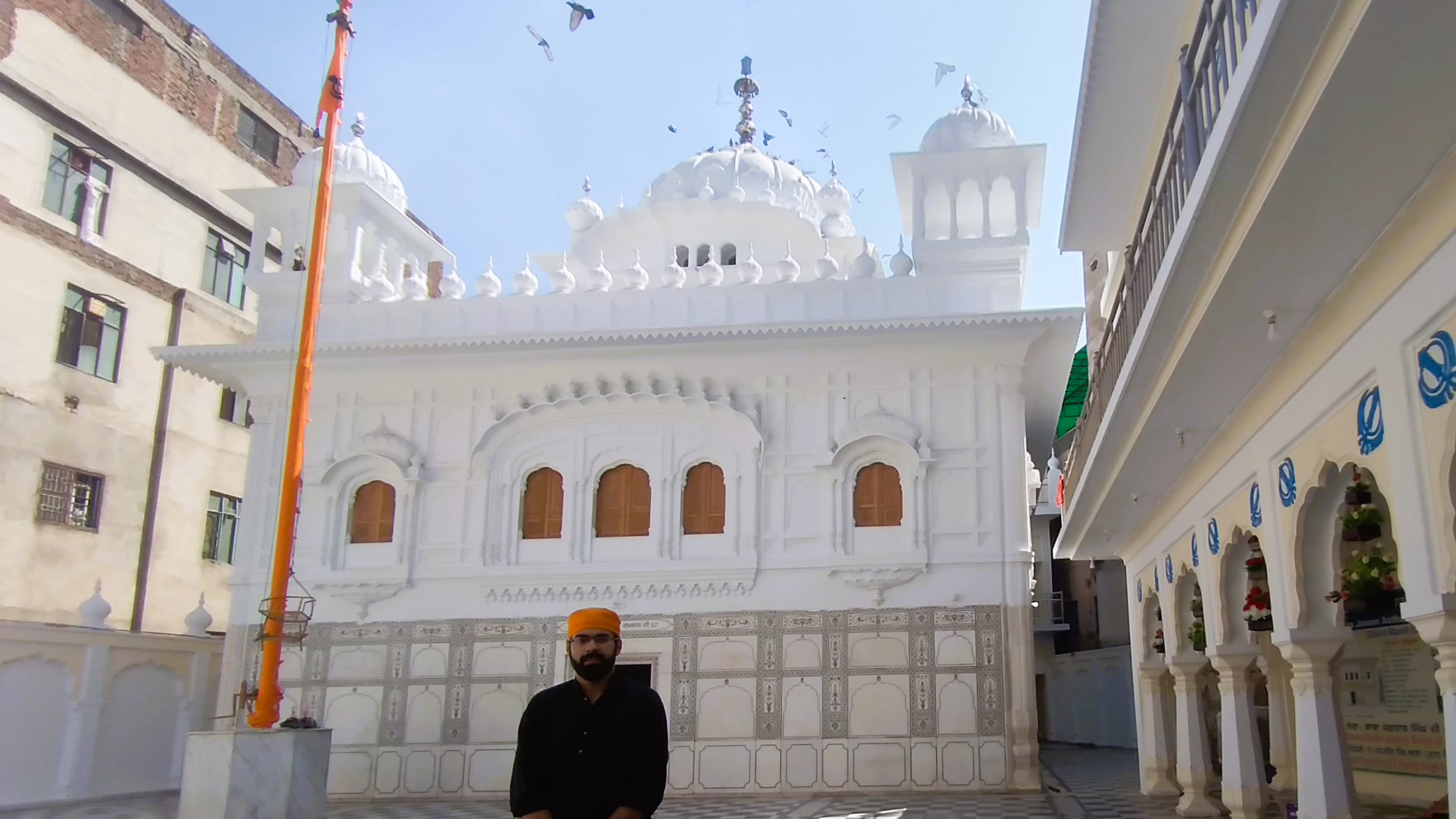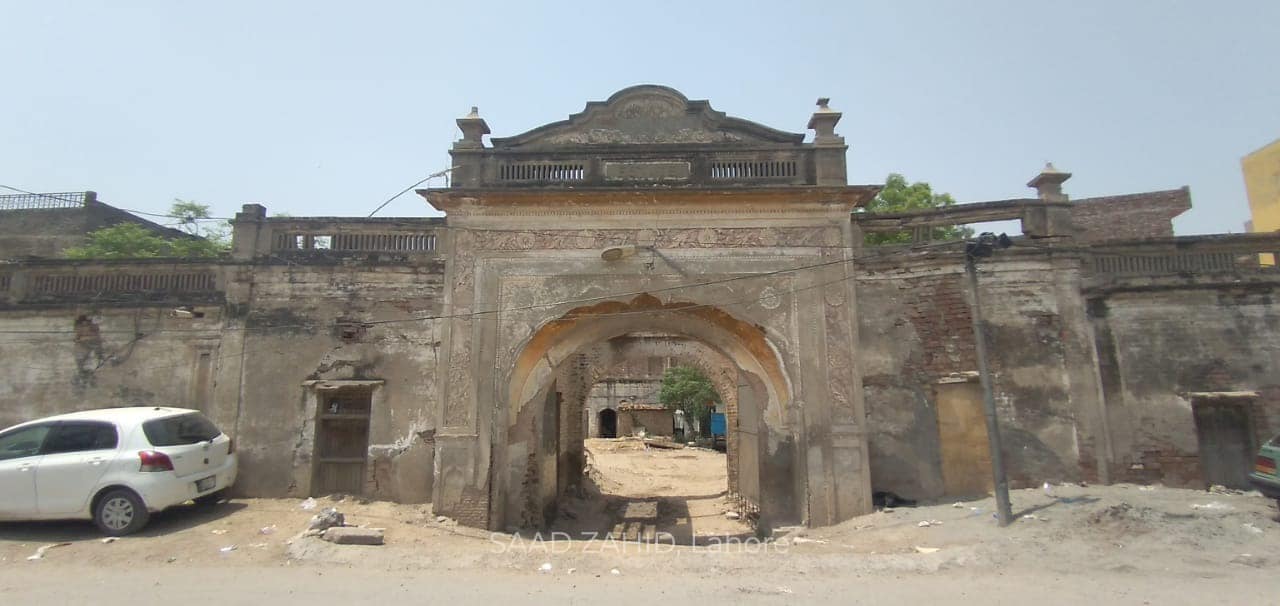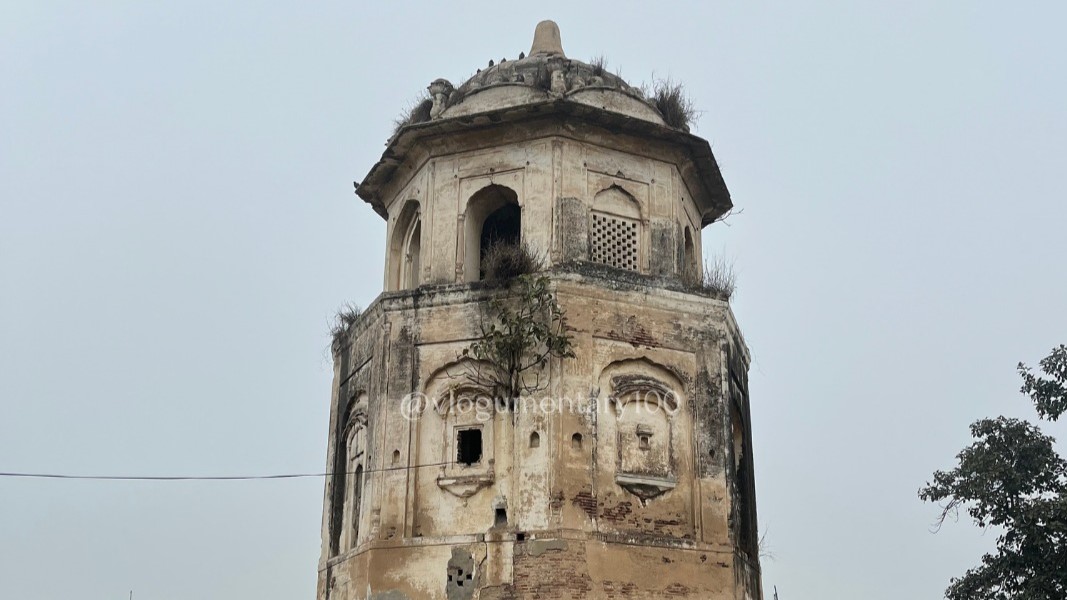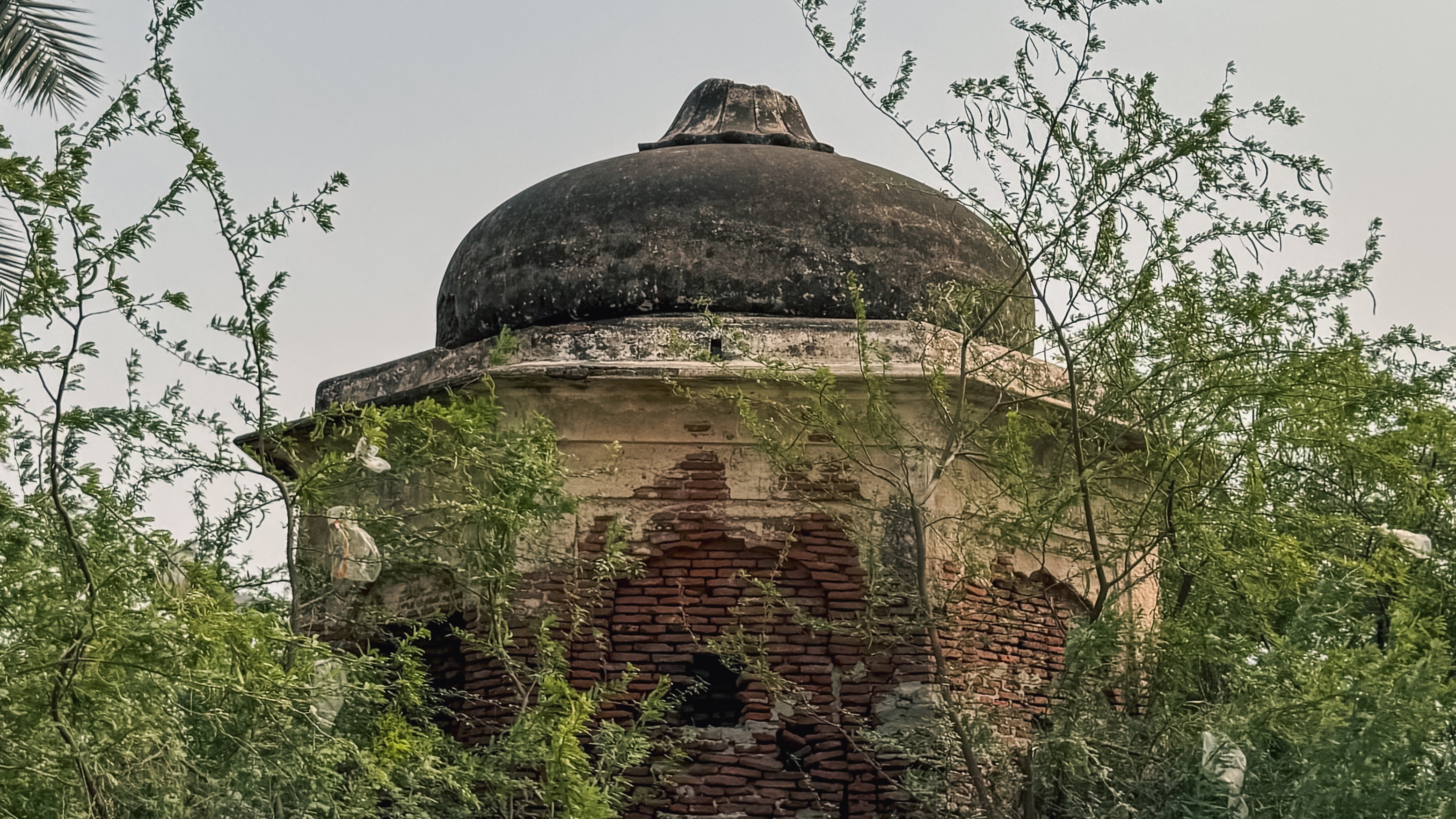Pakistan is home to some of the most spiritually significant places for Sikh pilgrims, and many of these historic sites remain untouched by the spotlight. Among them lies a lesser-known jewel in the heart of Punjab — the Gurdwara Sri Chota Nanakiana Sahib in Depalpur, Okara District. Often missing from guidebooks, this Gurdwara holds a powerful spiritual story rooted in the early travels of Guru Nanak Sahib Ji. It stands today not just as a place of memory, but as a forgotten thread in the rich tapestry of Sikh pilgrimage sites Pakistan offers to seekers, historians, and cultural explorers alike.
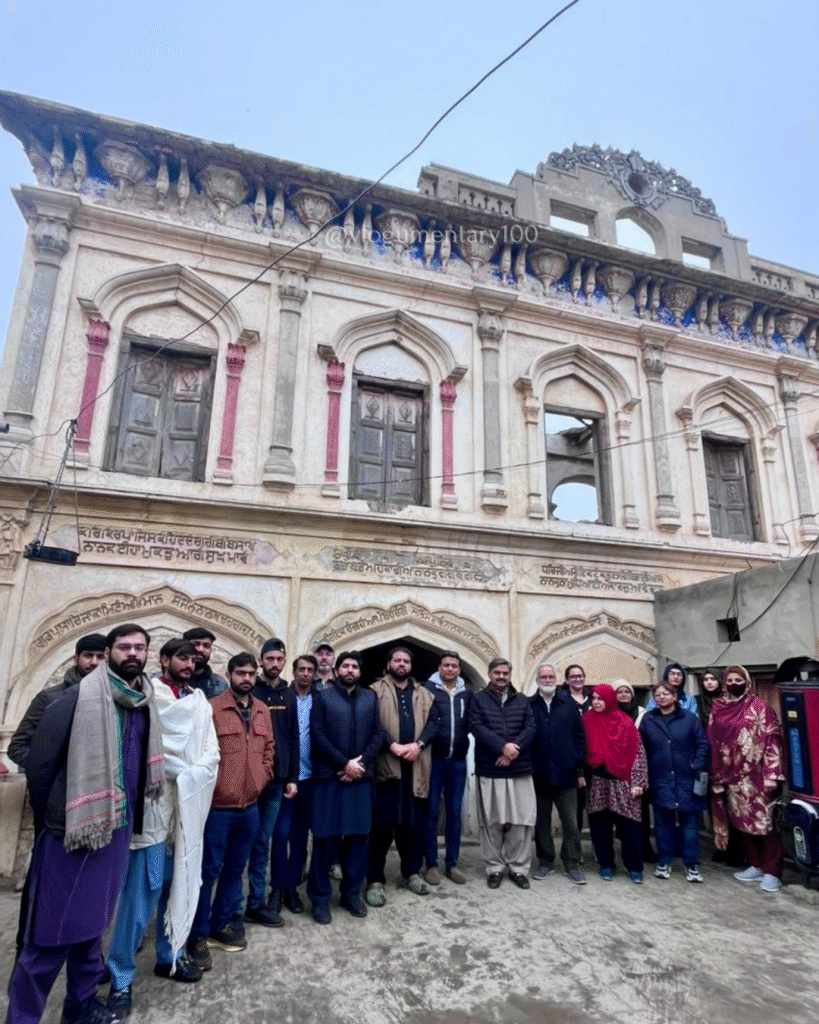
History of the Gurdwara Nanakiana
The Gurdwara’s origins are deeply connected to the spiritual journeys of Guru Nanak Sahib Ji. According to Sikh oral tradition, Guru Nanak once rested beneath a dead pipal tree on the outskirts of Depalpur. Miraculously, the tree turned green again — a symbolic rebirth that echoed the Guru’s message of compassion and inner awakening.
During this time, the Guru is also believed to have healed a local leper, whose grave still lies behind the Gurdwara. This place, once filled with hymns and langar, was built on land donated by the Kamboh Sikh community of Mancharian village. For generations, it remained a quiet yet sacred space for devotion and community gatherings.
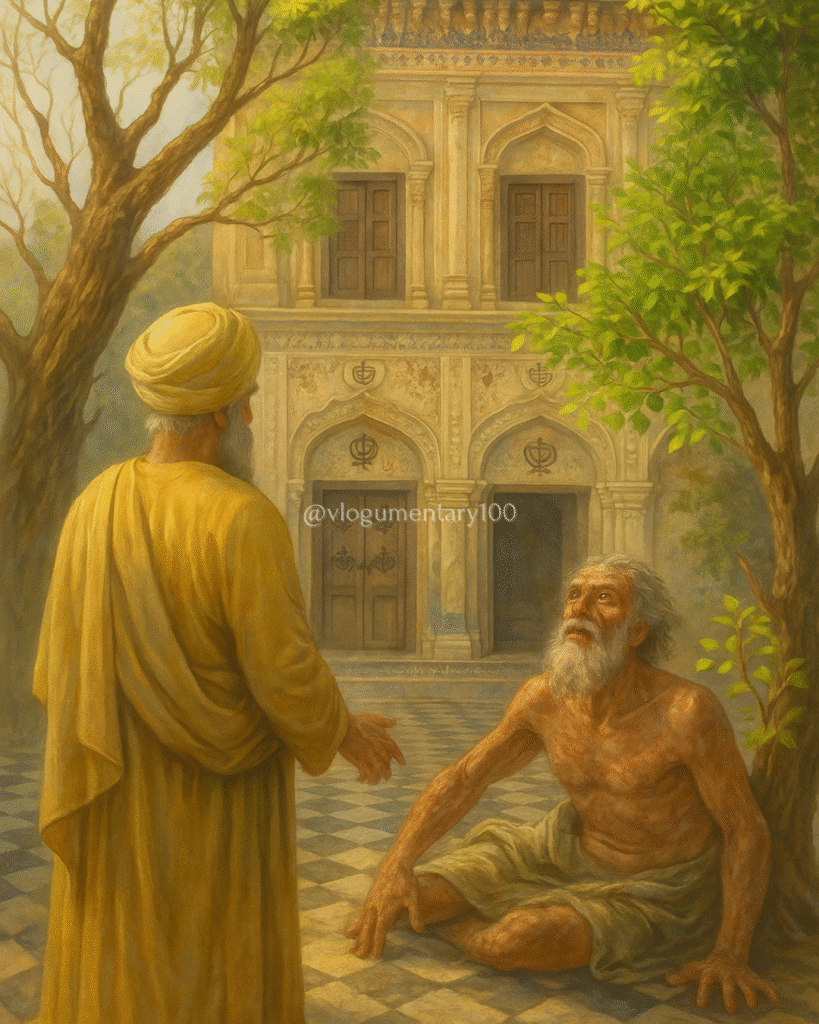
Architectural Beauty and Symbolism
Walking into the Gurdwara Nanakiana feels like stepping into a moment suspended in time. The architecture blends classical Sikh religious design with subtle colonial features. The original black-and-white marble floor still exists, worn gently by the feet of forgotten pilgrims.
The outer façade showcases 14 intricately carved lotus flowers — a symbol of purity in Sikh and Buddhist traditions. Above the doors, the Khanda Sahib emblem is carved in faded relief, while the walls still carry delicate floral motifs. The interior includes 30 beautifully crafted supports, each one bearing the weight not just of the structure, but of the stories passed down through generations.
Inscribed in the script of Gurbani, sacred texts line the walls. These symbols of devotion offer a gentle reminder of the Gurdwara’s role in shaping the spiritual landscape of the region.
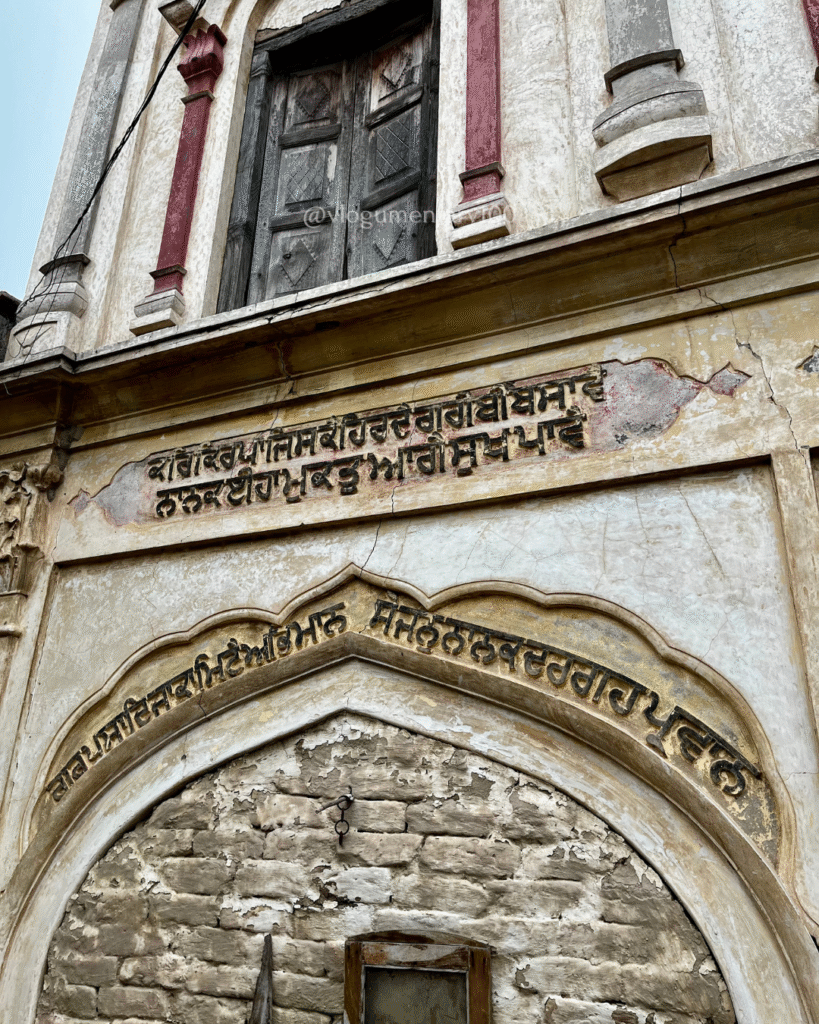
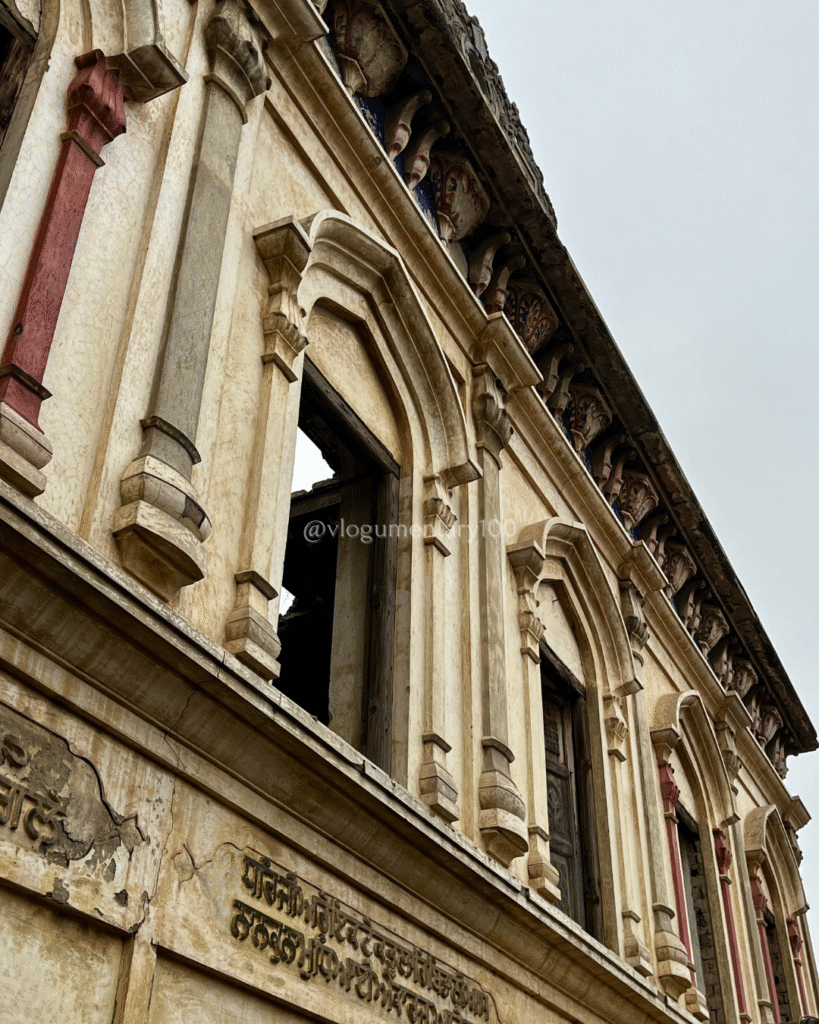
Important Historical Moments
Beyond its spiritual legends, the Gurdwara serves as a reminder of Depalpur’s historical significance. Once considered the capital of Punjab during different points in history, Depalpur was a crossroads for trade, politics, and religious thought.
This Gurdwara stood witness to pre-partition harmony, where Sikhs, Muslims, and Hindus coexisted and contributed to one another’s cultural and spiritual lives. It speaks of a Punjab that once was — deeply interconnected, pluralistic, and vibrant.
Even after partition, the site remained intact, though gradually faded into the background as local communities relocated and caretakers disappeared. Yet, the energy within the Gurdwara feels alive, as if waiting to be remembered.
Current Use and Condition
Today, the Gurdwara is no longer an active place of worship. Instead, it quietly shelters five to six impoverished families who have made it their home. While this has led to some structural wear, it has also prevented complete abandonment. The building is still standing, its aura still intact.
Visitors can still see the sacred pipal tree, now green, beside which stories of miracles echo in the wind. The grave of the healed leper lies nearby, continuing to bear silent witness to the Guru’s compassion.
The presence of these families speaks to the resilience of the space. Though neglected, it survives. And though forgotten, it remembers.
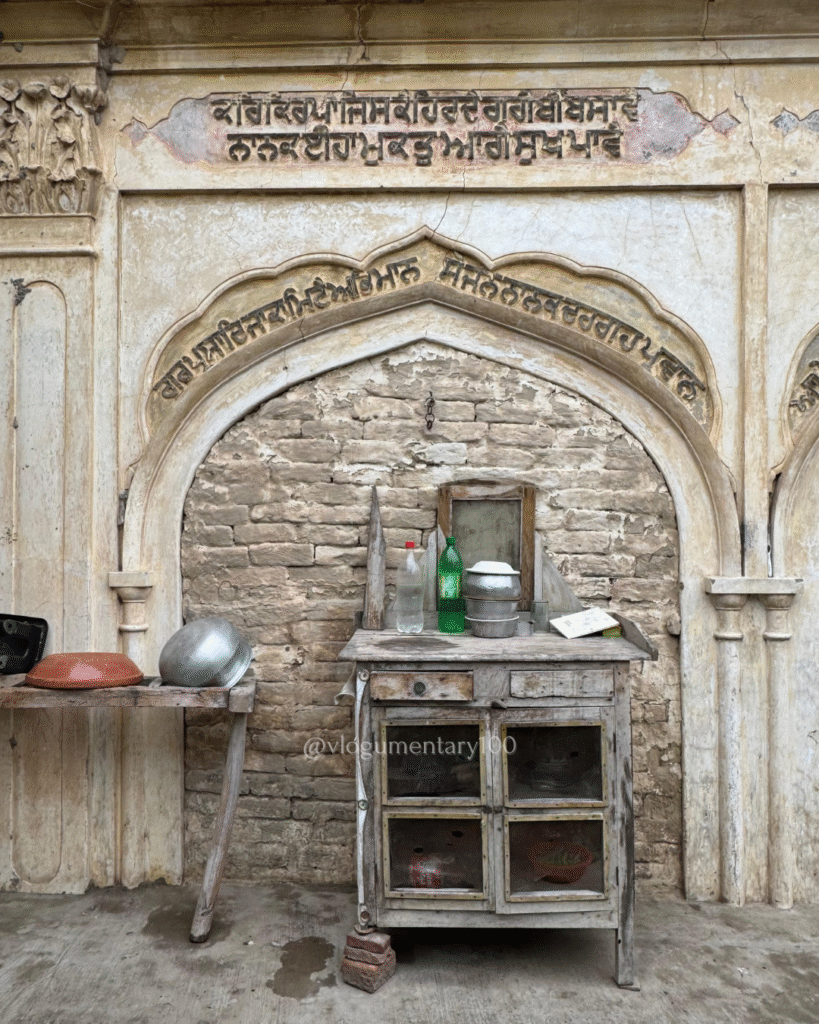


Why It Matters for Sikh Pilgrimage and Cultural Travel
This Gurdwara is not just a building; it is part of a living tradition. When we speak of Sikh pilgrimage sites Pakistan, we must include these quieter voices of heritage — the sites that haven’t been commercialized, the places that require effort, heart, and imagination to rediscover.
They hold the potential to reframe how we understand heritage. They are not simply destinations; they are bridges connecting the past with the present, the sacred with the everyday.
Visiting such sites encourages cultural preservation and opens opportunities for respectful tourism, storytelling, and healing. They offer a unique experience for spiritual pilgrims, heritage travellers, and anyone seeking to walk in the footsteps of those who came before.
If this story touched something in you — a longing for forgotten places, a respect for living heritage, a desire to experience the soul of Punjab beyond tourist routes — I invite you to explore with me.
Book a guided heritage tour and walk through the memory of Guru Nanak’s sacred journeys.
Follow me on Vogumentary and social platforms for regular heritage stories, visual archives, and tour announcements.
Together, let’s revive the stories waiting patiently in the stones of our soil.

